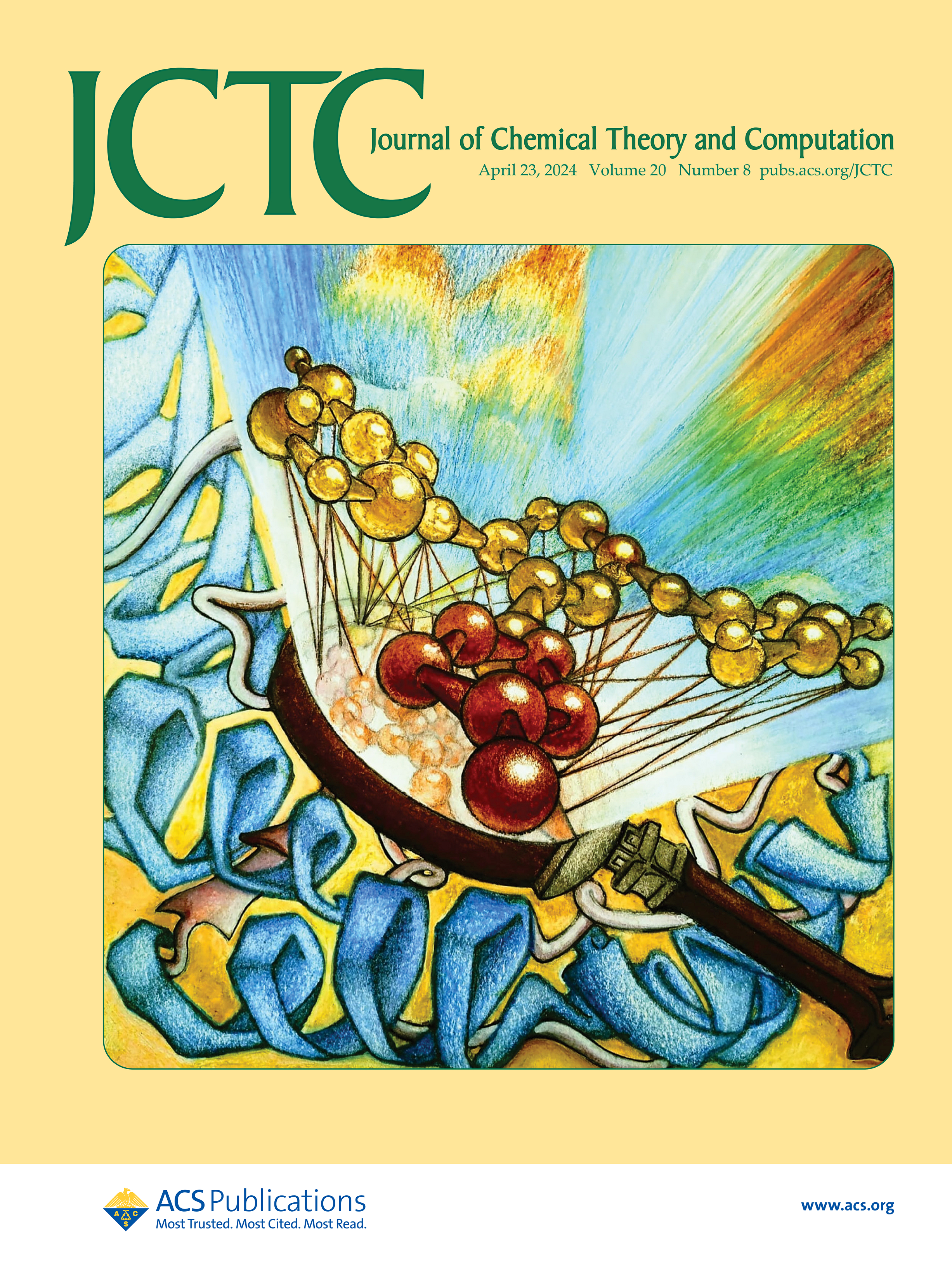Context-aware geometric deep learning for RNA sequence design
Abstract: RNA design has emerged to play a crucial role in synthetic biology and therapeutics. Although tertiary structure-based RNA design methods have been developed recently, they still overlook the broader molecular context, such as interactions with proteins, ligands, DNA, or ions, limiting the accuracy and functionality of designed sequences. To address this challenge, we present RISoTTo (RIbonucleic acid Sequence design from TerTiary structure), a parameter-free geometric deep learning approach that generates RNA sequences conditioned on both their backbone scaffolds and the surrounding molecular context. We evaluate the designed sequences based on their native sequence recovery rate and further validate them by predicting their secondary structures in silico and comparing them to the corresponding native structures. RISoTTo performs well on both metrics, demonstrating its ability to generate accurate and structurally consistent RNA sequences. Additionally, we present an in silico design study of domain 1 of the NAD+ riboswitch, where RISoTTo generated sequences are predicted to exhibit enhanced binding affinity for both the U1A protein and the NAD+ ligand.
PeSTo-Carbs: Geometric Deep Learning for Prediction of Protein−Carbohydrate Binding Interfaces

PeSTo-Carbs as the Journal Cover. Graphic designed by Andrea Vucicevic.
Abstract: The Protein Structure Transformer (PeSTo), a geometric transformer, has exhibited exceptional performance in predicting protein–protein binding interfaces and distinguishing interfaces with nucleic acids, lipids, small molecules, and ions. In this study, we introduce PeSTo-Carbs, an extension of PeSTo specifically engineered to predict protein–carbohydrate binding interfaces. We evaluate the performance of this approach using independent test sets and compare them with those of previous methods. Furthermore, we highlight the model’s capability to specialize in predicting interfaces involving cyclodextrins, a biologically and pharmaceutically significant class of carbohydrates. Our method consistently achieves remarkable accuracy despite the scarcity of available structural data for cyclodextrins.
Conformational ensemble of the NSP1 CTD in SARS-CoV-2: Perspectives from the free energy landscape
Significance: SARS-CoV-2, the causative agent in the COVID-19 pandemic, encodes 16 mature nonstructural proteins (NSPs) besides the structural proteins that attribute shape to the viral particles. Although an intrinsically disordered region, the NSP1 C-terminal domain (CTD) is reported to block the host mRNA entry channel in the 40S ribosomal subunit by forming a two-helix conformation. Here, we investigate the conformational ensemble of NSP1 CTD to reveal the thermokinetics in its order-disorder transitions. Our analyses determine the existence of two distinct unfolded populations separated by high kinetic barriers from the predominant one that is compatible with complex formation with the ribosome. Structural insights from this study may help identify suitable drugs to impair the ribosomal blocking mechanism.